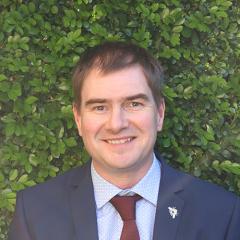Research regarding plastic pollution has increased in the last years in particular related to micro and nano plastics which are of particular concern to environmental and human health due to their small size. Possible sources of human exposure include ingestion, inhalation and dermal contact so different studies have been conducted and have detected micro and nano plastics in environmental samples (soil, water, air, etc.), in different foods for human consumption as well as in some human samples such as stool, lung tissue, liver tissue, blood, urine, hair, saliva, placenta, breast milk and meconium among others. Studies in animal models and in cells have indicated that the possible health effects of micro and nano plastics might include cell inflammation, they could act as a carrier for other toxic chemicals or microbes and possibly move through and accumulate in the body.
For infants, ingestion is possibly one of the main sources of exposure to micro and nanoplastics. Studies have reported the presence of them in breast milk, infant faeces, baby feeding bottles, infant formula powder and breast milk storage bags. However, exposure might happen even before, while still inside the uterus, as such the placenta and meconium (first stool) have been studied for microplastics as potential indicators of exposure. However, conclusive evidence of infant exposure both before and after birth is not yet available.
Establishing a baseline of possible oral exposure for infants, with appropriate quality assurance and quality control procedures (QA/QC) to ensure the accuracy of the results, is of utmost importance. As such the aim of this PhD project is to evaluate infant exposure to micro and nanoplastics originating from the consumption of infant milk powder (formula), breast milk and breast milk storage containers.
Conference Abstracts
Puente-De La Cruz, L., Thomas, K.V. & Rauert, C. Micro and nanoplastic migration from plastic breast milk storage bags and storage bottles, International Mass Spectrometry Conference 2024, Melbourne, Australia, 17-23 August 2024.
Puente, L. Rauert, C. & Thomas, K. Evaluation of micro and nano plastic background of commercial breast milk storage bags, Queensland Mass Spectrometry Symposium, Brisbane, Australia, 9 February 2024.
Puente-De La Cruz, L. Rauert, C., Thomas, K. V. Evaluation of micro and nano plastic background of commercial breast milk storage bags, SETAC Australasia 2023, Townsville, Australia, 7-11 August 2023.



